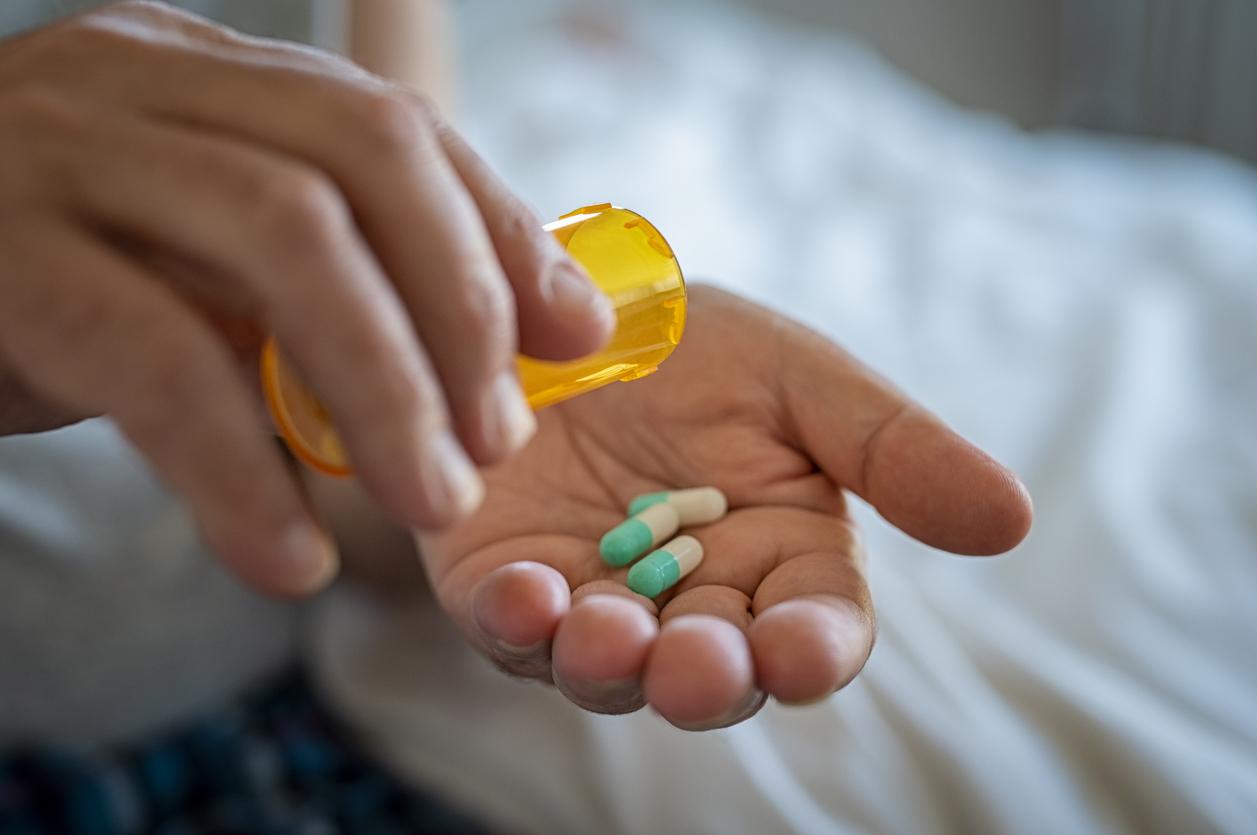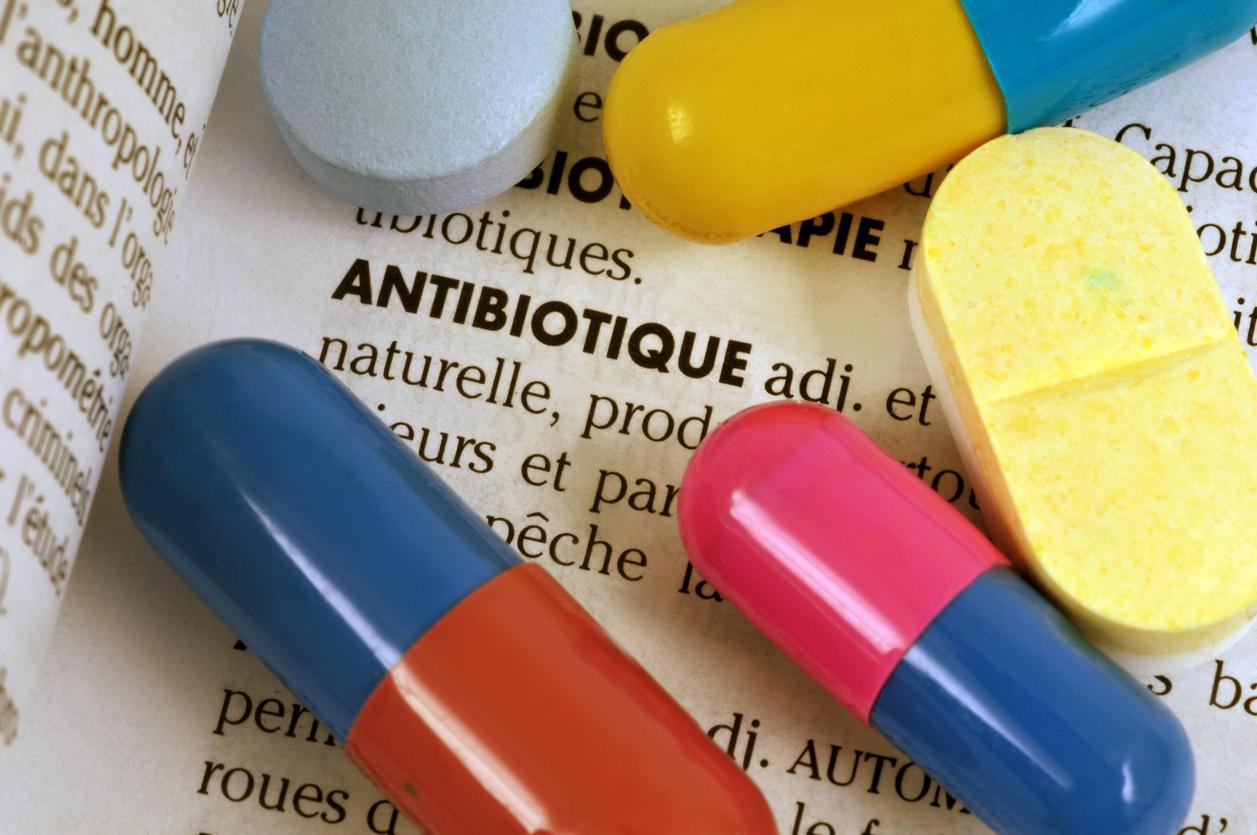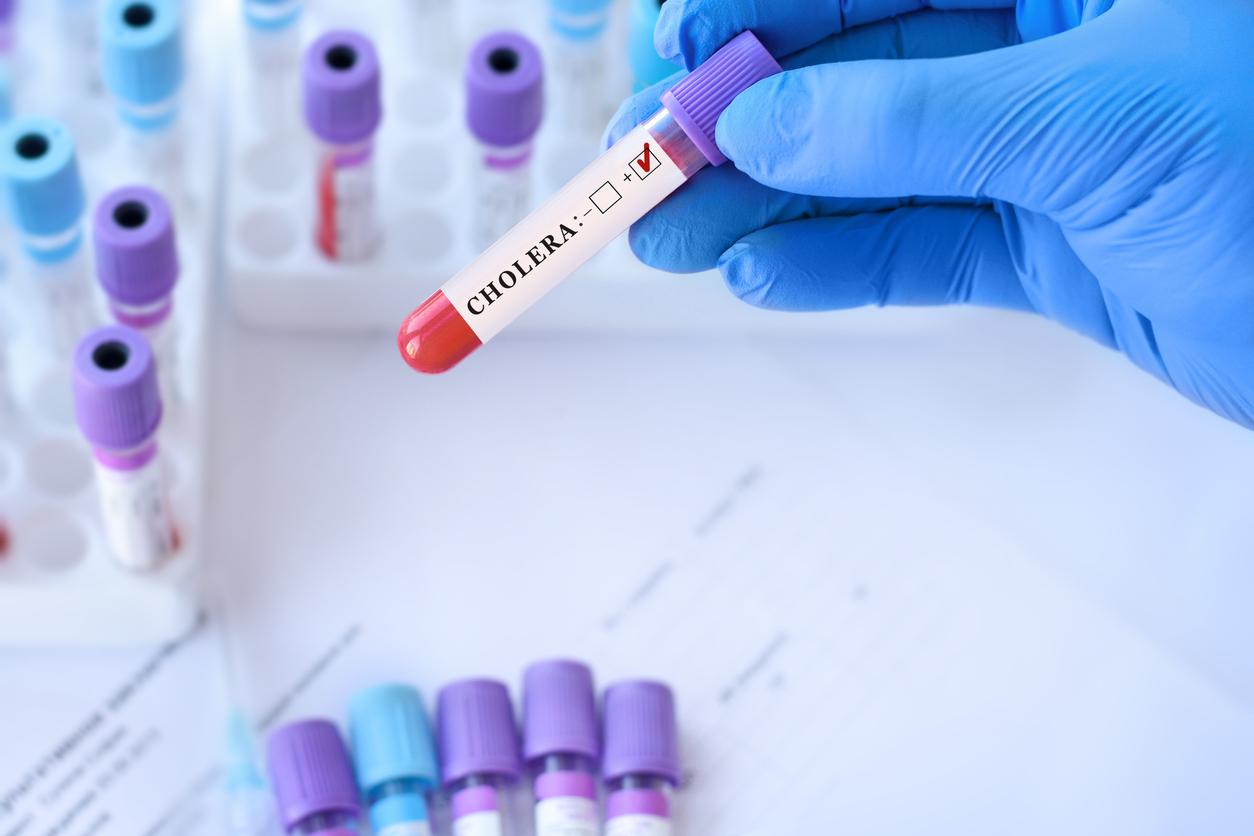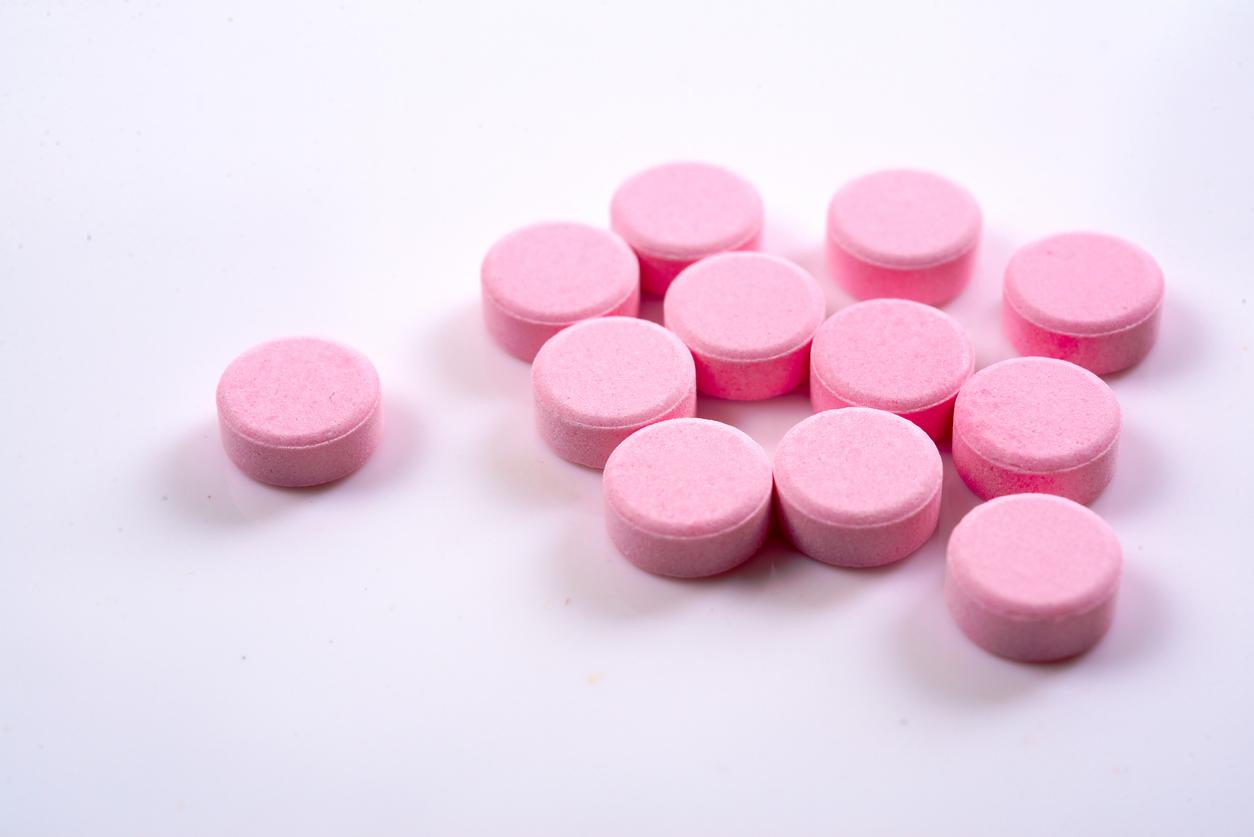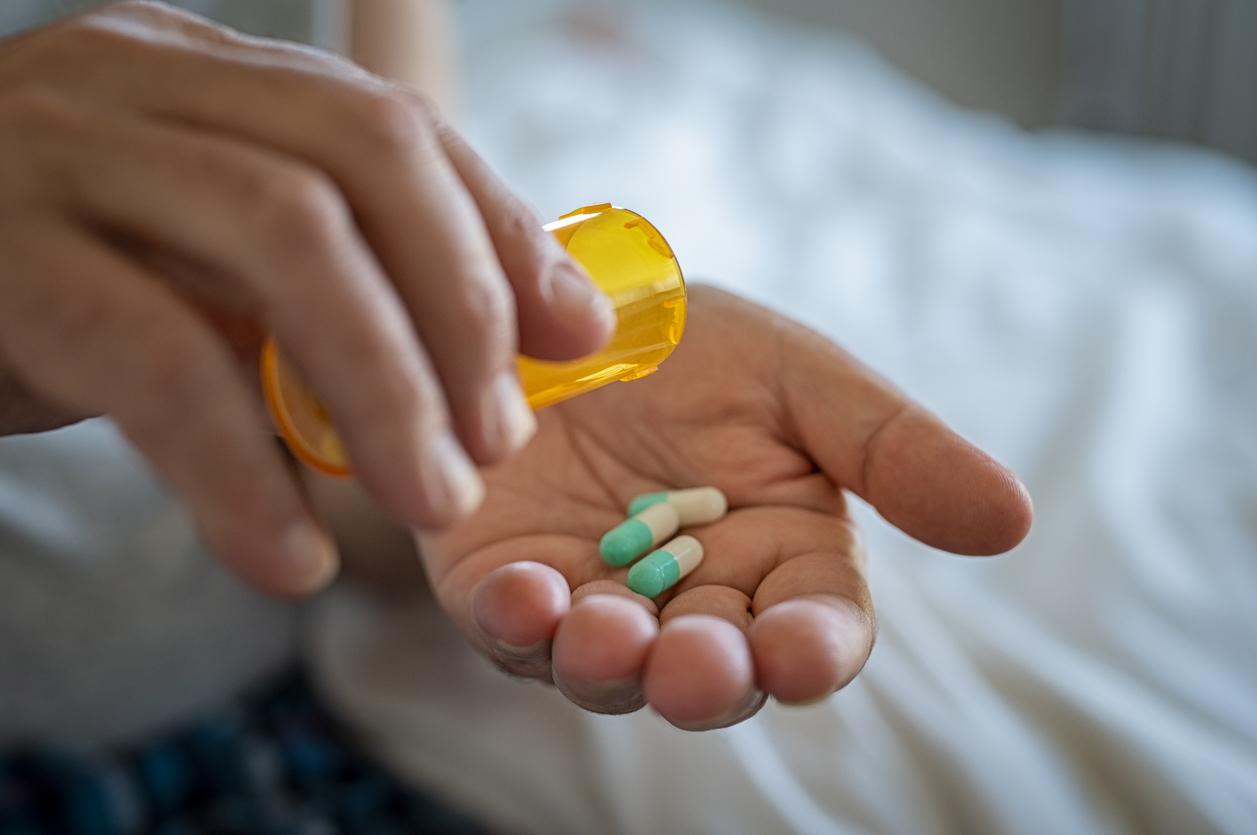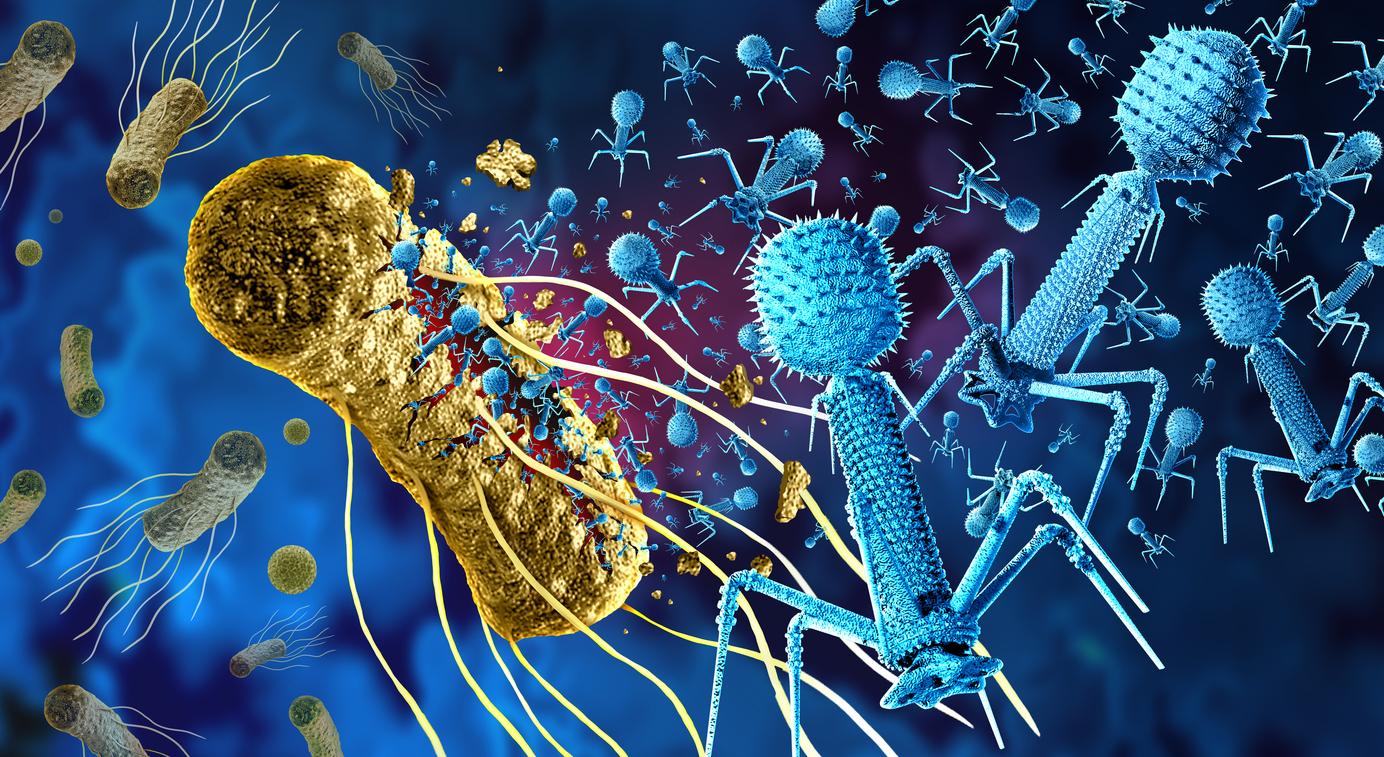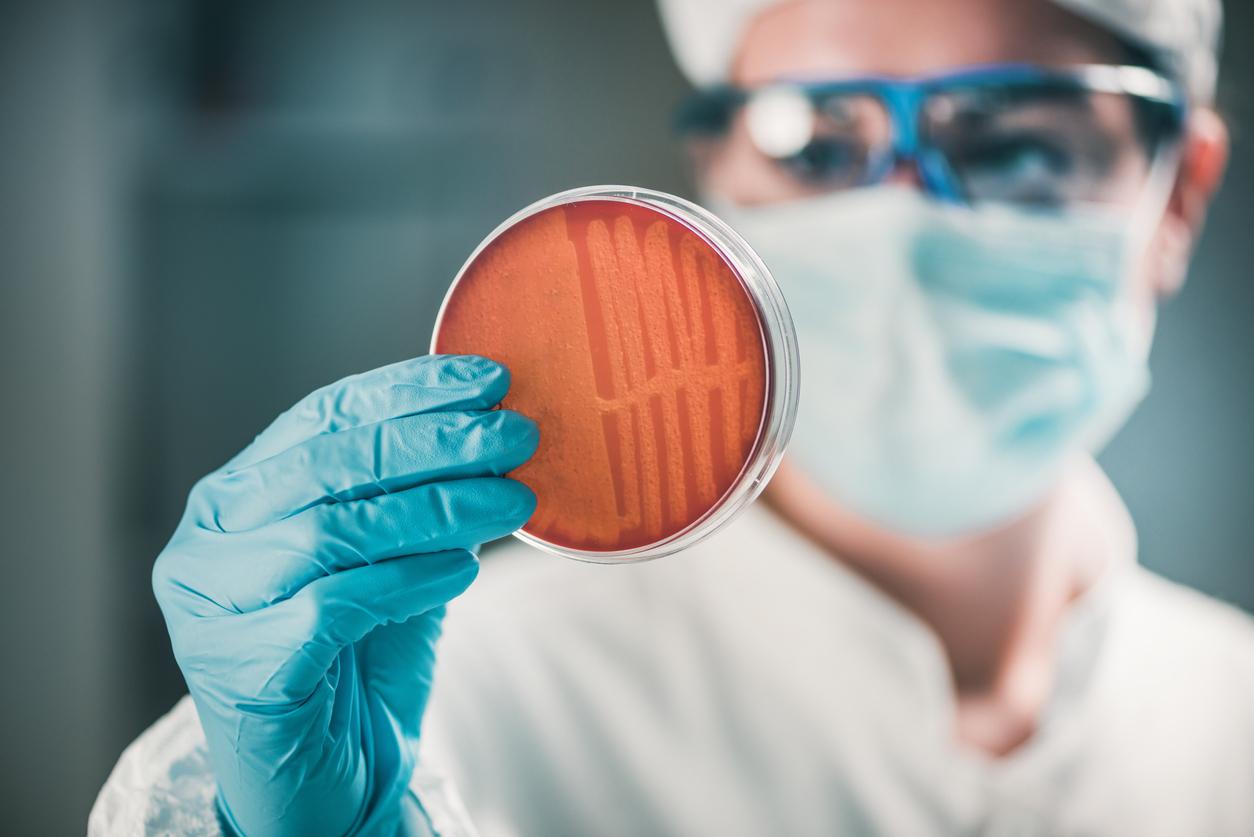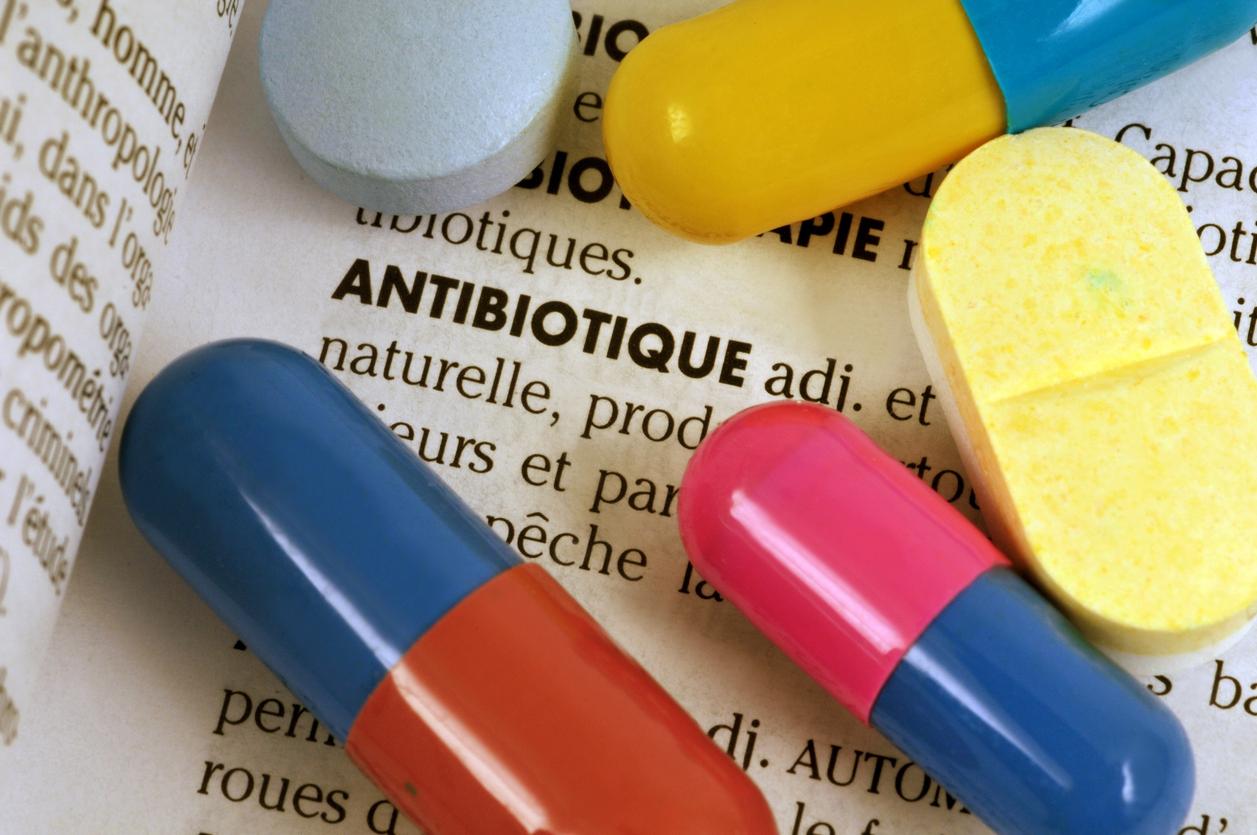Scientists have observed the effects of nanoplastic particles present in the body on the effectiveness of antibiotics and the risk of antibiotic resistance.
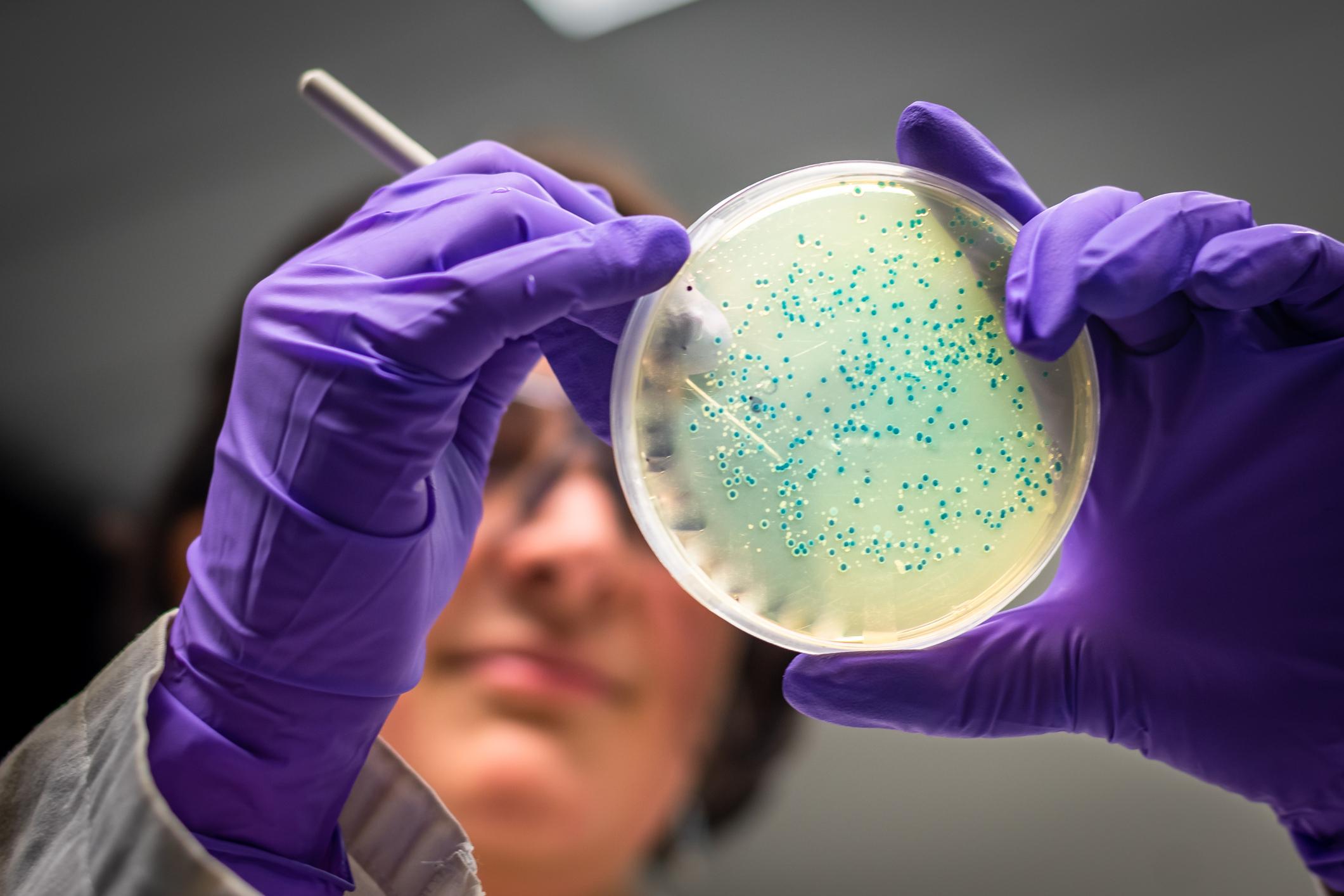
- Antibiotic resistance is a phenomenon increasingly observed on a global scale.
- According to an international research team, nanoplastic particles present in the body could interact with the effectiveness of antibiotics.
- This bond between nanoplastic particles and antibiotics could contribute to the birth of antibiotic-resistant bacteria.
Massive and repeated use of antibiotics can lead to bacterial resistance to these drugs. “Bacterial resistance has become a global and worrying phenomenon (…) To avoid the worst, the international community is mobilizing”note the National Institute of Health and Medical Research (Inserm).
The interactions of nanoplastics on antibiotics
In addition to the misuse of antibiotics, other factors could also promote antibiotic resistance. During recent work, published in the journal Scientific Reportsan international research team was particularly interested in how nanoplastic particles present in the body can interact with antibiotics.
In this study, researchers analyzed the effects of polyethylene (PE), polypropylene (PP) and polystyrene (PS) on tetracycline, an antibiotic used to treat many bacterial infections. These types of plastics are particularly present in packaging or nylon 6.6, used for the composition of textiles (clothing, carpets, curtains, etc.).
Nanoplastic particles: a high risk of antibiotic resistance
As a result of testing with complex computer models, scientists found that nanoplastic particles can bind to tetracycline and thus alter its effectiveness. “The bond was particularly strong with nylon (…) The load of micro- and nanoplastics there is around five times higher than outside. Nylon is one of the reasons for this: it is released from textiles and penetrates into the body through breathingexplained Doctor Lukas Kenner, co-author of the study and cancer researcher at the Medical University of Vienna (Austria). This bond between the antibiotic and the nanoplastic particles could therefore reduce the effectiveness of antibiotics.
Additionally, the researchers observed that binding to nanoplastics could transport the antibiotic to other unwanted sites in the body, decreasing its effectiveness and inducing other adverse effects.
Nanoplastic particles that bind strongly to tetracycline could also contribute to the formation of antibiotic-resistant bacteria. “As antibiotic resistance becomes a growing global threat, such interactions must be taken into account”underlined Lukas Kenner.








